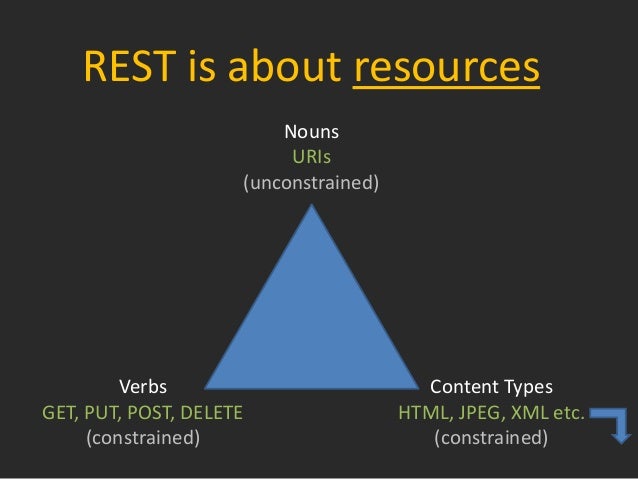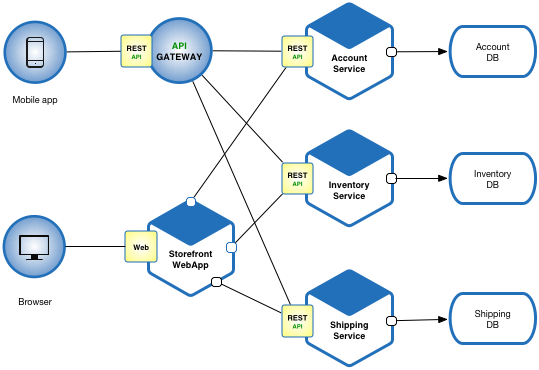Machine Learning (ML) is a field of computer science which makes computers able to learn without being programmed explicitly.
Machine Learning is typically used with large datasets and computers are allowed to find patters, make predictions based on that data.
Types of Machine Learning Algorithms
- Supervised Learning
- Unsupervised Learning
- Reinforcement Learning
In Supervised Learning, a specific attribute for a dataset is available. However that attribute is not available for rest of the datasets. Computer is expected to learn the datasets and find out or predict the lable for remaining datasets.
In Unsupervised Learning, no attribute or relationship about the dataset is available and computer is required to find that out.
Reinforcement Learning is somewhere in the middle of these two.
Machine Learning and Artificial Intelligence are closely related to each other. In fact, ML is part and essence of Artificial Intelligence. In Artificial Intelligence machines need to act smarter, which in itself involves lot of learning which we understand as Machine Learning.
Classification and Regression are two important parts of ML. In Classification, the dataset (files, objects, text data etc) are classified based on various observations about that dataset. Whereas in Regression, some prediction is made based on the observations about the dataset.
Examples Of ML:
- Spam filters – spam filters train themselves to learn if a given email is to be classified as spam or not. Their learnings improve as they filter more and more emails. Spammers keep on trying to get past the filters and filters keep on learning to block spammers.
- Recommendation Engines – based on your past history with a website, Machine Learning Algorithms can start predicting what will you do next – which essentially is a recommendation. Amazon pioneered in this field based on the huge amount of data they collected over a period of time.
Reference Links:


